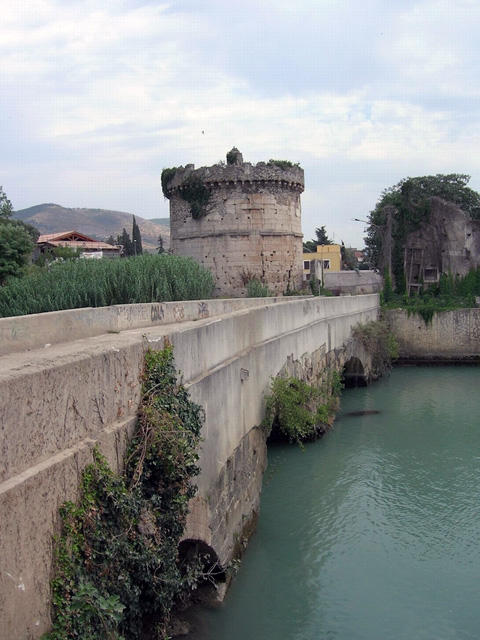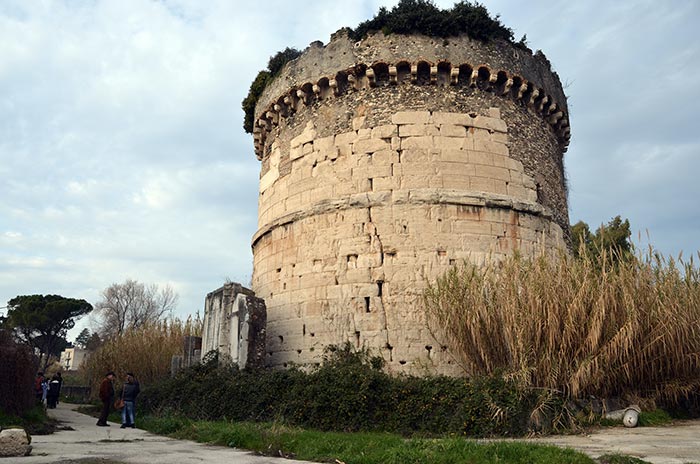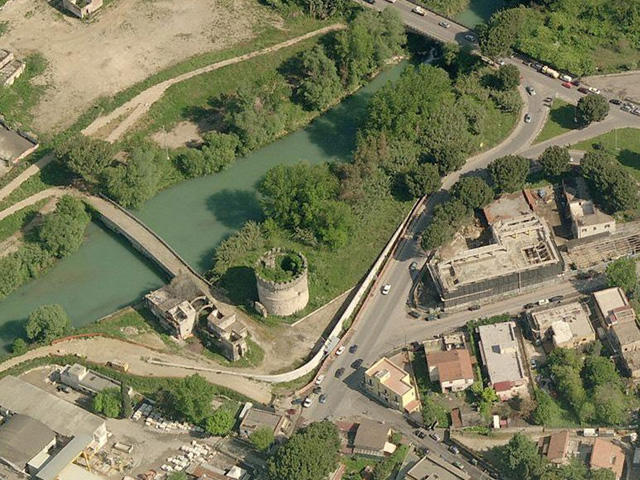 |
| Detail from the foot of a Spode's Tower soup tureen. |
Last summer, I took a Children’s Literature class. (Don’t worry… this really is a post about
dishes. -Be patient and we’ll get there!) At first, I expected to read lots
of familiar things, but I quickly found that my professor required that we read
books that we had not ever read
before. She wanted us to befriend our local children’s librarian, dig into our
textbook book lists and discover all the books we’d heard of but never actually
read. In short, she wanted us to be exposed to the greatest volume of quality
children’s literature possible. (And in a very short amount of time!)
That was how I ended up reading The Wind in the Willows… in less than 24 hours… during the intensely
busy Neighborhood Bible Time week.
I had heard it quoted, and had even seen a cartoon version
of it sometime during my childhood, and recognized it when I saw a beautiful
edition at some store or other. I bought it, shelved the beautiful new blue and
goldenrod volume on my shelf, and never got around to reading it –until last
summer.
Somehow I had missed the fact that Kenneth Grahame’s story
about Mole and Ratty and Badger was a widely-recognized children’s classic. Missing
this, I had also missed the fact that many children do not like the story.
Freshly armed with these two facts from my textbooks, I
picked up the neglected volume from my overstuffed bookshelves and began
reading. Whether it was the fact that I had been reading so many nonfiction
textbooks, or that the story had a certain familiarity to begin with, or that I
was simply determined to like this classic which others disliked so readily,
but I fell in love with the story. The beauty of the writing drew me in and,
for the first time in years, I stayed up late reading, reluctant to leave the
new world into which my imagination had plunged me.
My Children’s Lit experience taught me something about
classics: These high-quality things of the past usually contain more beauty and
value than the cheap Disney-princess-golden-book-latest-movie-character fluff
that is churned out by society today.
Actually, I have always had a love for old-fashioned (or
just plain old) things. One of the chiefest delights of my childhood was
playing “archaeology” in our garden. My siblings and I must have spent hours
digging up bits of broken glass and pottery and square nails in the backyard of
our Portland home. Ours had been the original farmhouse of the neighborhood (or
so we believed), and there were definitely lots of artifacts left behind in the
yard. We found quite a few interesting pieces, now somewhere in boxes in my
parent’s garage. The best find for me was the pottery. I loved to see the
beautiful patterns and always dreamed of finding enough pieces to make just one
complete dish.
Perhaps that is why now, more years later than I care to
think about, as I am facing the eventuality of needing to outfit a home of my
own at some point unpredictable for the present moment, the dishes I am the
most drawn to are the “classic” Spode blue and white dishes. (See! It really is a post about dishes!)
I started collecting Spode a couple years ago, when I walked
into Tuesday Morning on a whim and suddenly found myself face to face with an
aisle full of Spode dishes. I had decided on blue and white as the colors I
wanted eventually in a home of my own, and in the back of my mind as I gazed
longingly at the dishes (after looking at a few price tags and realizing I
couldn’t possibly buy the whole aisle full) was the story of how my Gramma Colleen
bought her china piece by piece, going to the store every payday until she had
collected what she needed. Filled with the hope and excitement and anticipation
of the possibility of having a story like that to tell about my own dishes, I
bought as many as I could afford that day, and went back every month after I
got paid until I had about 8 dinner and salad plates, along with one or two small
serving pieces.
Then came the tragic day when there was no more Spode at
Tuesday Morning. —Not even in the clearance section! My collecting slowed down for
a while, buying what few pieces I could find at stores like Marshalls, but
then, this fall, I did what no collector on a limited salary should do. –I typed
Spode into the search bar on Amazon. I was initially looking for bowls (I had
plates, remember), but there were so many different dishes and patterns and –Oh,
my! There was even a bread box!!
Of course, I didn’t buy much that evening, but I did buy a
book,
Antique Blue and White Spode by
Sydney B. Williams, which shipped from England and took a
very long time to come. (Ok, so it took a reasonable amount of time,
considering the distance it had to travel, but it
seemed like
forever!) It
is this book (which I then read cover to cover) to which I will likely refer almost
exclusively in the next few posts. In addition to the helpful pages detailing early
markings, (more on that later!) styles, patterns, and so on, Williams gives
some fascinating background on many of the classic Spode patterns, in many
cases telling about and even including pictures of the original prints used to
make the engravings for the transferware. To see this book on Amazon, click
here.
I will also be including some practical nitty-gritty
everyday mundane collector-y things like tips for safely removing those sticky
store labels they like to put right over the most interesting bit of the
pattern.
So… stay tuned, and enjoy, and don’t forget to treasure those
quality classics others overlook!










